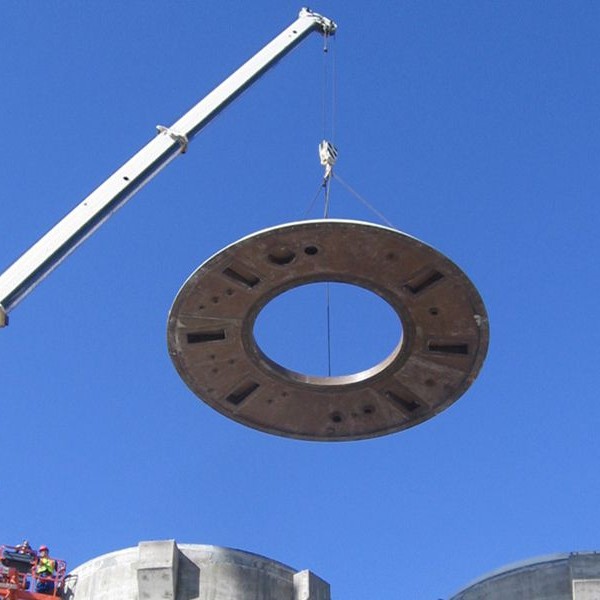
-
 Afrikaans
Afrikaans -
 Albanian
Albanian -
 Amharic
Amharic -
 Arabic
Arabic -
 Armenian
Armenian -
 Azerbaijani
Azerbaijani -
 Basque
Basque -
 Belarusian
Belarusian -
 Bengali
Bengali -
 Bosnian
Bosnian -
 Bulgarian
Bulgarian -
 Catalan
Catalan -
 Cebuano
Cebuano -
 China
China -
 China (Taiwan)
China (Taiwan) -
 Corsican
Corsican -
 Croatian
Croatian -
 Czech
Czech -
 Danish
Danish -
 Dutch
Dutch -
 English
English -
 Esperanto
Esperanto -
 Estonian
Estonian -
 Finnish
Finnish -
 French
French -
 Frisian
Frisian -
 Galician
Galician -
 Georgian
Georgian -
 German
German -
 Greek
Greek -
 Gujarati
Gujarati -
 Haitian Creole
Haitian Creole -
 hausa
hausa -
 hawaiian
hawaiian -
 Hebrew
Hebrew -
 Hindi
Hindi -
 Miao
Miao -
 Hungarian
Hungarian -
 Icelandic
Icelandic -
 igbo
igbo -
 Indonesian
Indonesian -
 irish
irish -
 Italian
Italian -
 Japanese
Japanese -
 Javanese
Javanese -
 Kannada
Kannada -
 kazakh
kazakh -
 Khmer
Khmer -
 Rwandese
Rwandese -
 Korean
Korean -
 Kurdish
Kurdish -
 Kyrgyz
Kyrgyz -
 Lao
Lao -
 Latin
Latin -
 Latvian
Latvian -
 Lithuanian
Lithuanian -
 Luxembourgish
Luxembourgish -
 Macedonian
Macedonian -
 Malgashi
Malgashi -
 Malay
Malay -
 Malayalam
Malayalam -
 Maltese
Maltese -
 Maori
Maori -
 Marathi
Marathi -
 Mongolian
Mongolian -
 Myanmar
Myanmar -
 Nepali
Nepali -
 Norwegian
Norwegian -
 Norwegian
Norwegian -
 Occitan
Occitan -
 Pashto
Pashto -
 Persian
Persian -
 Polish
Polish -
 Portuguese
Portuguese -
 Punjabi
Punjabi -
 Romanian
Romanian -
 Russian
Russian -
 Samoan
Samoan -
 Scottish Gaelic
Scottish Gaelic -
 Serbian
Serbian -
 Sesotho
Sesotho -
 Shona
Shona -
 Sindhi
Sindhi -
 Sinhala
Sinhala -
 Slovak
Slovak -
 Slovenian
Slovenian -
 Somali
Somali -
 Spanish
Spanish -
 Sundanese
Sundanese -
 Swahili
Swahili -
 Swedish
Swedish -
 Tagalog
Tagalog -
 Tajik
Tajik -
 Tamil
Tamil -
 Tatar
Tatar -
 Telugu
Telugu -
 Thai
Thai -
 Turkish
Turkish -
 Turkmen
Turkmen -
 Ukrainian
Ukrainian -
 Urdu
Urdu -
 Uighur
Uighur -
 Uzbek
Uzbek -
 Vietnamese
Vietnamese -
 Welsh
Welsh -
 Bantu
Bantu -
 Yiddish
Yiddish -
 Yoruba
Yoruba -
 Zulu
Zulu
cpvc frp tank
Understanding CPVC FRP Tanks A Comprehensive Overview
In the realm of industrial storage solutions, the combination of Chlorinated Polyvinyl Chloride (CPVC) and Fiberglass Reinforced Plastic (FRP) has gained prominence due to its superior characteristics and benefits. CPVC FRP tanks are increasingly being adopted across various sectors, including chemical processing, wastewater treatment, and even food and beverage industries, due to their exceptional durability, corrosion resistance, and versatility.
What are CPVC and FRP?
CPVC is a thermoplastic material that is widely recognized for its ability to withstand high temperatures and aggressive chemical environments. It is an enhanced version of standard PVC, with the chlorine content increased through a chlorination process. This modification allows CPVC to tolerate temperatures up to 200°F (93°C) and various corrosive substances, making it an ideal choice for tank construction.
On the other hand, FRP is a composite material made of a polymer matrix reinforced with fibers, typically glass fibers. The unique combination of strength and lightweight properties, along with resistance to corrosion and chemical degradation, makes FRP an incredibly effective material for tank fabrication. When combined, CPVC and FRP create a robust storage solution that meets the demands of various applications.
Key Advantages of CPVC FRP Tanks
1. Corrosion Resistance One of the primary benefits of CPVC FRP tanks is their high resistance to corrosion. This property is vital in industries where tanks are exposed to harsh chemicals. Traditional metal tanks often succumb to rust and degradation, leading to leaks and environmental hazards. In contrast, CPVC FRP tanks maintain their integrity over time, ensuring safe storage.
2. Thermal Stability CPVC's ability to withstand higher temperatures ensures that the contents stored within the tank remain safe. This aspect is particularly beneficial for industries that handle hot liquids or operate in high-temperature environments.
cpvc frp tank

3. Lightweight Design The combination of CPVC and FRP makes these tanks significantly lighter than their metal counterparts. This lightweight quality simplifies installation and reduces transportation costs, allowing for easier handling and positioning.
4. Low Maintenance Needs CPVC FRP tanks require minimal maintenance compared to traditional materials. Their resistance to fouling and scaling reduces the need for frequent cleaning and inspections, translating into lower operational costs.
5. Customizability Manufacturers of CPVC FRP tanks offer various sizes and configurations, allowing businesses to tailor solutions based on specific requirements. This flexibility makes CPVC FRP tanks suitable for a wide range of applications.
Applications of CPVC FRP Tanks
CPVC FRP tanks are utilized in various sectors, including
- Chemical Industry Used for storing acids, bases, and other corrosive materials. - Water Treatment Plants Ideal for holding wastewater and other treatment chemicals. - Food and Beverage Employed for safe storage of ingredients and liquids, ensuring compliance with health regulations. - Pharmaceuticals Used for the storage of sensitive chemical compounds that require strict environmental controls.
Conclusion
As industries continue to seek innovative solutions for storage challenges, CPVC FRP tanks stand out for their superior performance and adaptability. Their corrosion resistance, thermal stability, and lightweight nature make them an ideal choice across multiple sectors. With the growing emphasis on safety and sustainability, investing in CPVC FRP tank technology is a forward-thinking option for businesses looking to enhance their operations while ensuring compliance with environmental standards. In an ever-evolving industrial landscape, CPVC FRP tanks not only meet the current demands but also position industries for future advancements.









